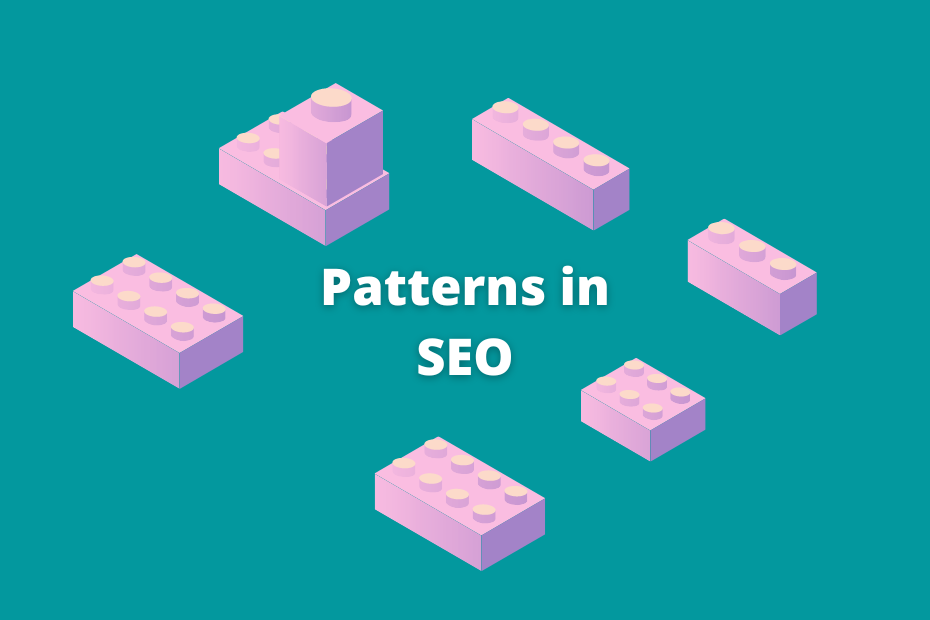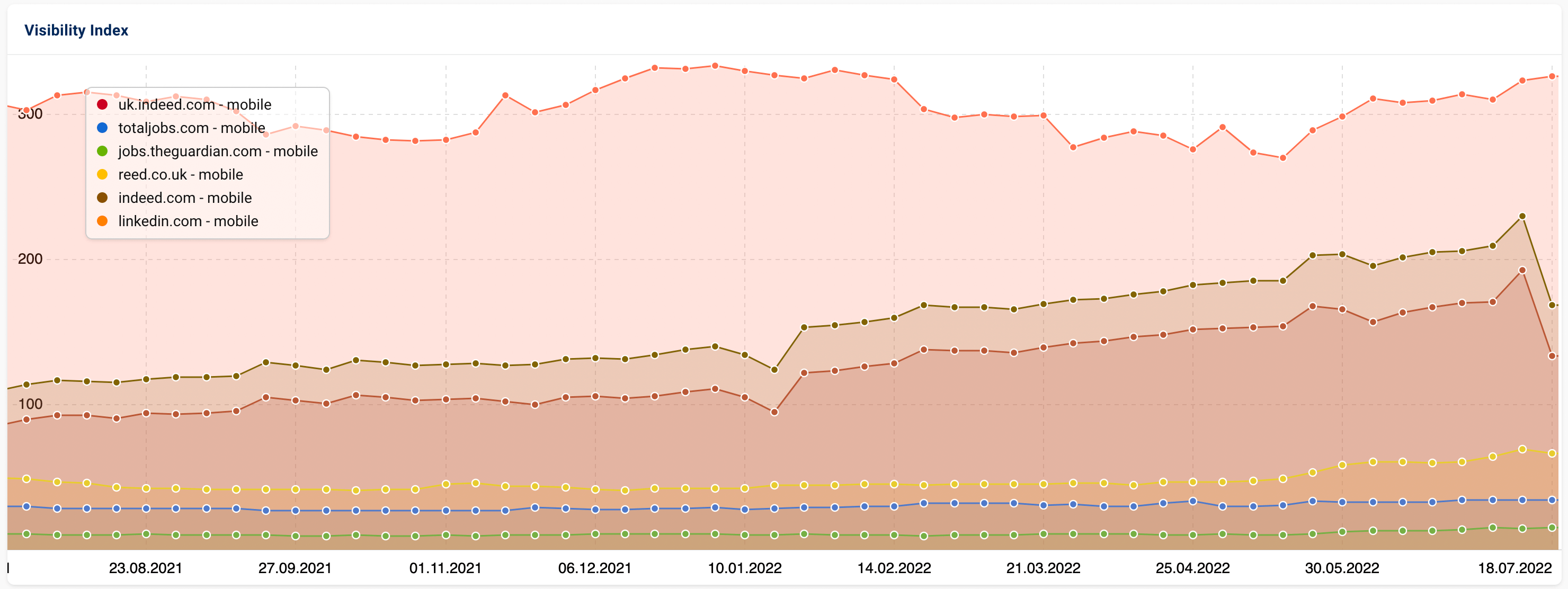The Importance of Patterns in SEO
We all do the same in SEO. We observe often used components of websites, patterns in traffic and in keywords a competitor is ranking for. Then we reverse engineer the observed patterns in order to grow.

The observe and overcome mentality is visible in the way how we do search engine optimisation. Just look at the popularity of terms like “seo checklist”, “seo report template”, “seo content brief template” or “seo keyword research template”.
We are looking for best practices in processes, in tech stack and content as well. You can say that SEO is all about copying and you won’t be far from the truth. Even Google is pushing something we should all adapt to (like Core Web Vitals), or a competitor is implementing new changes to rank before us in Organic Search, but we are going to the same direction.
First principles vs. Patterns
I don’t want to downgrade the importance of innovative solutions in SEO. Starting with first principles (good content, great tech, UX and high-authority) is a must for the long-run, but in this article-series I plan to observe tactics rather than strategies in SEO.
My reason for this is that we can not really put numbers beside first principles. We can not turn vague ideas into action items, but we can do it with patterns.
They provide more context and learnings.
They offer more data.
What are SEO Patterns?
I define SEO Patterns as repeated elements across websites and industries which main goal is to increase organic traffic.
SEO Pattern can be
- a content brief template which goal is to streamline the writing process to achieve organic growth,
- a series of pages or topical clusters which purpose is to target certain keyword combinations,
- page title and meta descriptions rules,
- components on the site which goal is to maximise organic growth by optimising for first principles
…and there are many more.
SEO Patterns and Google Updates

After spending a few years in the industry and through surviving observing several Google Updates I saw a strange pattern. Industries are often impacted similarly and wins and losses are not distributed only within the given industry.
It happens that there is no clear winner among job marketplaces. All of them lost visibility and magazines with job boards took over their positions (sure, you can argue that it’s the same industry though they have totally different business modell and type of content).
- Is this just a switch in keyword intent or are sites from other segments built differently?
- Instead of closely watching competitors can we learn more by observing top players in other industries?
I think so and this is why I am introducing the Patterns in SEO series.
Patterns in SEO - The Series
I will conduct small cross-country studies in four industries to see what are they doing differently, what growth levers are they utilising and how they are performing over time.
I am helping classified marketplaces in my job, but I obviously will not include them. First of all my goal is not just to write about different type of websites for you but also I want to learn.
Describing the classified SEO playbook would look off and would have close to zero upside for me. So I leave this challenge for fellow SEOs.
So the four types of websites I will cover in the Patterns in SEO are:
- Language Learning Websites and Online Dictionaries
- News Publishers and Magazines
- Job Boards & Job Marketplaces
- Software Review Sites
Why they?
- Most of them are big enough in terms of traffic to learn from.
- They are diverse enough to make this series exciting.
- And I worked with websites almost in all of these industries, so I can give you additional context to make this series valuable to you.
What can you expect?
So far what I have is an infinite list of questions.
I am fairly technical so that will obviously influence my approach but I am mainly excited about how they are driving traffic from search.
- Are they using programmatic SEO?
- Are they creating a massive number of pages with a killer page template?
- Is editorial content what’s working for them?
- Are they using editorial content at all (category descriptions, faq footers)?
- How do they treat Googlebot?
- What's their internal linking strategy?
- Are they utilizing high-res images?
- Are they focusing on Core Web Vitals?
- Are they writing a blog on the side?
…and many more.
Why should you care?
Because you can learn from this and apply the takeaways in your industry.
Psychologist Robin Hogarth defined two kind of environment based on whether it is possible or not to learn with the help of pattern recognition.
- “In kind learning environments patterns repeat over and over, and feedback is extremely accurate and usually very rapid.
- In wicked domains, the rules of the game are often unclear or incomplete, there may or may not be repetitive patterns and they may not be obvious, and feedback is often delayed, inaccurate, or both.”
Or at least this is how David Epstein defined the two learning environments in his book, Range: Why Generalists Triumph in a Specialized World.
If you would like to read the next pieces of the Patterns in SEO then subscribe!



